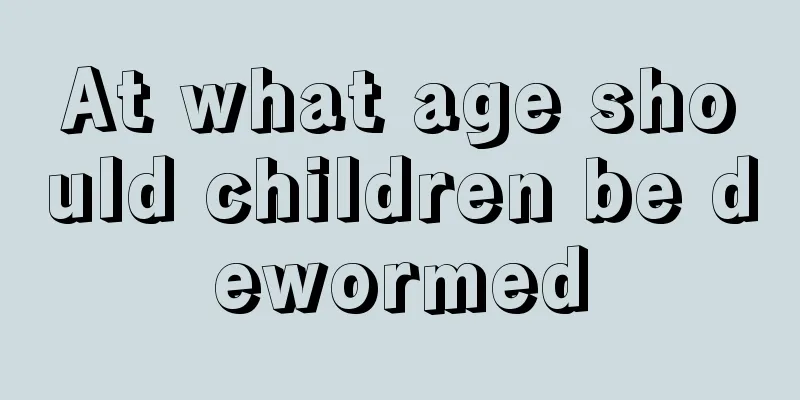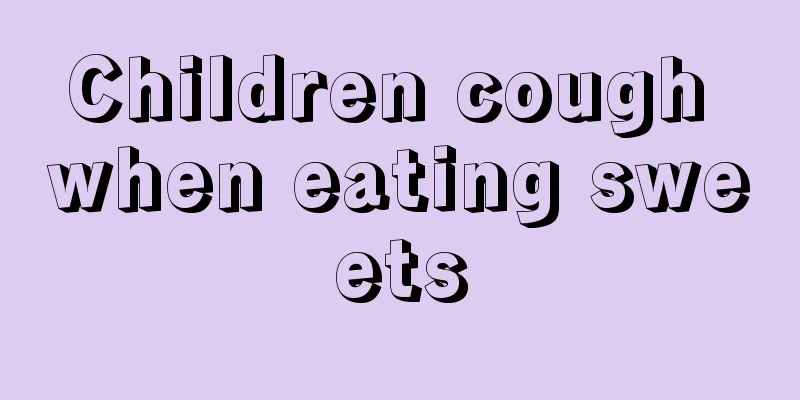How to judge the recurrence of Kawasaki disease

|
Kawasaki disease is a childhood disease that affects boys more often than girls. Kawasaki disease is not difficult to treat, and the probability of recurrence after treatment is relatively small, but this does not mean that Kawasaki disease will not recur. After Kawasaki disease relapses, it will have a great impact on the child, and parents need to make timely judgments on the symptoms. So, how to determine whether Kawasaki disease has recurred? 1. What is Kawasaki disease? Kawasaki disease is mainly a pediatric disease, mainly affecting children aged one to four years old. Boys are more likely to be diagnosed with the disease than girls. The main threat of Kawasaki disease to children is that it may cause cardiovascular disease in children and cause acquired heart disease. 2. How to determine the recurrence of Kawasaki disease? Current medical treatment has a sound treatment plan for Kawasaki disease in children, and the treatment is very effective. Most children will recover quickly. However, even if a child’s Kawasaki disease has been cured, there is a certain chance that the disease will recur, so it is very important to know how to judge the recurrence of Kawasaki disease and what the symptoms of recurrence are. First of all, the most obvious symptom of recurrence of Kawasaki disease is fever. In daily life, children may also have fever due to colds and other reasons. If you want to distinguish whether a child has Kawasaki disease, you must see whether the child has a red rash on the palms of his hands when he has a fever. Then, in addition to fever, the child's lips will become extremely red and even bleed. In addition, the child may also have edema in the hands and feet, which feel hard to the touch. At this time, the child's condition has further worsened. Because children's Kawasaki disease can cause damage to their hearts, the heart will show certain symptoms, such as accelerated heartbeat and abnormal timbre, like galloping sounds. If you experience these symptoms, it is best to seek medical attention immediately. 3. Notes The physical health of children is very important. During the treatment of their illness, you must take good care of them, let them rest in bed as much as possible, and let them drink plenty of water, especially water containing fruit juice. Even if the child has recovered and been discharged from the hospital, it is still best to take the child for regular physical examinations once every six months to avoid the possibility of recurrence, which may cause damage to the child's heart and affect the child's physical health. |
<<: The child's breathing is rough
>>: Hydrocele surgery in children
Recommend
What happens if a child has hemangioma?
Children are the most important part of every fam...
Is massage effective for children with fever?
When children have a fever, parents are usually v...
What causes intestinal effusion in children?
Most of the time, intestinal effusion in babies i...
How much does a full-month baby eat?
The baby is one month old, and the mother has fin...
Nursing care for mild hypoxia in newborns
How to care for a newborn with mild hypoxia? Hypo...
What are the symptoms of urinary tract infection in little boys?
Urinary tract infections often occur in adults be...
What causes astigmatism in babies?
Astigmatism is a typical eye abnormality that occ...
What to do if children have anorexia and picky eating
Some children with anorexia and picky eating ofte...
What is a good way to stop children from drinking milk?
After birth, babies are fed with breast milk or f...
What to do if your child has swollen abdominal lymph nodes
The health of children has always been a matter o...
Treatment of congenital microtia
Neonatal deformity is a major topic that has attr...
Why are my children's teeth yellow?
When we communicate with others, the first thing ...
9 essential foods for children to improve their intelligence
Everyone loves a smart baby. Everyone wants a bab...
Symptoms of pneumonia in five-month-old babies
Pneumonia can affect not only adults but children...
How to choose a children's pillow
How to choose a baby pillow? Many young parents a...









